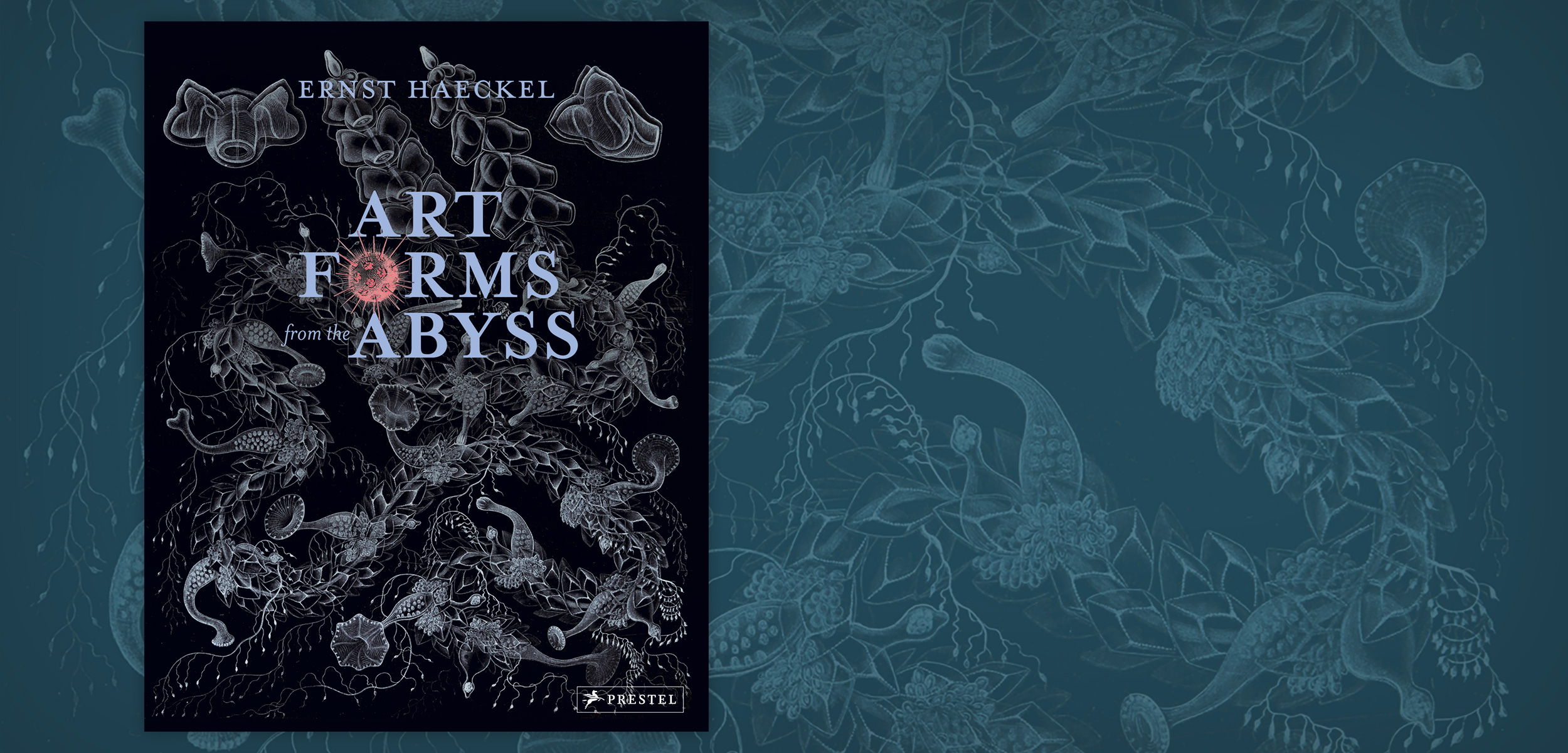Book Review: Art Forms from the Abyss
Nineteenth-century illustrations highlight the beauty of planktonic life.
Article body copy
A few days before Christmas 1872, the Royal Navy ship HMS Challenger, loaded with a crew of more than 200, set sail from Portsmouth, England, on an oceanographic research mission. In the late 19th century, collecting samples in the open ocean was so dangerous and physically demanding that by the time the Challenger returned in 1876, its crew had been reduced by more than 100 men to death, illness, and desertion. However, from a scientific standpoint, the 130,000-kilometer trip around the world was a success: 13,000 specimens were collected and more than 4,000 new species were identified. It was a monumental undertaking for the era, and inspired new areas of study.
Ernst Haeckel, one of the leading biologists in Europe at the time, was among the scientists who prepared reports on the Challenger’s findings. Despite his numerous contributions to the field of biology, he is often best remembered for his beautifully detailed illustrations, which, beyond their scientific value, were significant achievements in art and design.
Art Forms from the Abyss presents a selection of images that Haeckel created for the Challenger Expedition’s reports, reproduced from mint copies at the Royal Society of Edinburgh archives. The book’s introduction provides important context to help the reader appreciate the images on a level beyond the purely aesthetic. It covers the changing scientific climate that led to such an ambitious expedition, the understanding of ocean life at the time, Haeckel’s career, and the role of his lithographers in coloring and completing his works. It also provides an overview of the biology of each of the groups depicted in the book: siphonophores, medusae, and radiolaria (the first two being jellyfish-like animals and the third a type of protist that was a lifelong passion for Haeckel).
While the introduction focuses on history and science, the book is primarily a celebration of the visual, and highlights both the intriguing forms of the creatures and the delicate rendering of the illustrations. The tentacles of jellyfish resembling fantastical spaceships, or even mythical monsters, trail across pages, and the microscopic radiolarians drawn at hundreds of times their actual size could be mistaken for tiny explosions or architecture from a science fiction film. It’s easy to imagine the awe that must have struck the scientists seeing these creatures for the first time.
While modern oceanographic cruises like the Tara Expedition bring us high-resolution micrographs of marine life, Haeckel’s plates offer a perspective that modern imaging cannot. With their ability to guide our attention to specific details, the illustrations add an air of the fantastical, and encourage the viewer to consider both the science and the art of life in the ocean.
Art Forms from the Abyss: Ernst Haeckel’s Images from the HMS Challenger Expedition
By Peter Williams, Dylan Evans, David Roberts, and David Thomas
144 pp. Prestel Publishing

